If you're wondering "Should I buy an iPhone?" you're not alone. This question comes up frequently as people weigh the pros and cons of Apple's flagship devices against Android alternatives. The truth is, there's no one-size-fits-all answer - the right choice depends on your specific needs, budget, and preferences. In this expert guide, we'll break down the key factors to consider when deciding whether an iPhone is the right choice for you.
Key Factors to Consider When Deciding About an iPhone
Before making a decision, consider these critical factors:
- Budget: iPhones typically cost more than comparable Android devices, though Apple offers financing options and trade-in programs.
- Existing ecosystem: If you already own other Apple products (Mac, iPad, Apple Watch), an iPhone provides seamless integration.
- Software updates: iPhones receive software updates for 5-7 years, significantly longer than most Android devices.
- Camera needs: iPhones consistently rank among the best smartphone cameras, with exceptional video capabilities.
- Customization preferences: iOS offers a more consistent experience but less customization than Android.
Pros of Buying an iPhone
- Long-term software support: Apple provides security updates and new iOS features for 5-7 years, while most Android manufacturers offer 3-4 years of updates.
- Seamless ecosystem integration: Works perfectly with Macs, iPads, Apple Watches, AirPods, and other Apple products through features like Handoff, AirDrop, and Universal Clipboard.
- Consistent user experience: Apple's tight control over hardware and software results in fewer compatibility issues and smoother performance over time.
- Strong resale value: iPhones typically retain 50-60% of their value after two years, significantly higher than most Android phones.
- Privacy and security: Apple has built-in privacy features like App Tracking Transparency and strong encryption standards.
Cons of Buying an iPhone
- Higher upfront cost: The latest iPhone models start at $799 and can exceed $1,500 for Pro Max models, while comparable Android devices often start at $500-$600.
- Less customization: iOS has limited home screen customization compared to Android's flexibility with widgets, launchers, and themes.
- Proprietary accessories: Apple uses Lightning ports (though EU regulations are changing this) and requires specific chargers and cables.
- Non-expandable storage: iPhones don't have microSD card slots, so you must choose your storage capacity upfront.
- Repair costs: Apple repairs are typically more expensive than Android alternatives, with screen repairs often costing $200+.
| Comparison Factor | iPhone | Flagship Android |
|---|---|---|
| Software Update Duration | 5-7 years | 3-4 years (Samsung, Google) |
| Starting Price (2024 Models) | $799 | $599-$799 |
| Camera Consistency | Excellent across all models | Varies by brand |
| Resale Value (2 years) | 50-60% | 30-40% |
| Customization Options | Limited | Extensive |
| Repair Costs | Higher | Lower |
When to Buy an iPhone
You should consider buying an iPhone if:
- You're already invested in the Apple ecosystem (Mac, iPad, Apple Watch)
- You prioritize long-term software support and security updates
- You want consistent camera performance across all lighting conditions
- You value resale value and want to recoup more of your investment later
- You prefer a streamlined, consistent user experience without customization complexity
When to Consider Alternatives
You might want to consider Android alternatives if:
- Your budget is under $600 for a new phone
- You want more customization options for your home screen and settings
- You need expandable storage via microSD card
- You're already invested in Google services and ecosystem (Chromebook, Pixel Watch, etc.)
- You want more flexibility with charging ports and accessories
Expert Recommendations by User Type
Based on expert analysis from tech reviewers and consumer reports, here are recommendations for different user profiles:
- Business Professionals: iPhone 15 Pro or Pro Max for best security features, long-term support, and seamless integration with Mac and other business tools.
- Photography Enthusiasts: iPhone 15 Pro Max for best camera system with telephoto lens and superior video capabilities.
- Budget-Conscious Buyers: Consider iPhone SE (4th generation) for Apple ecosystem benefits at a lower price point, or Samsung Galaxy A54 for Android alternatives.
- Existing Apple Users: Stick with iPhone for seamless integration with your other Apple devices.
- Android Ecosystem Users: If you already use Google services, Chromebooks, and other Android devices, consider Samsung Galaxy S24 or Google Pixel 8 for better integration.
Final Verdict: Should You Buy an iPhone?
Based on comprehensive analysis of user needs, budget considerations, and long-term value, here's the expert recommendation:
Yes, buy an iPhone if:
- You're already in the Apple ecosystem
- You prioritize long-term software support and security
- You want the best camera consistency across all lighting conditions
- You're willing to pay more for better resale value
No, consider alternatives if:
- Your budget is under $600
- You want more customization options
- You need expandable storage
- You're already invested in Google's ecosystem
Remember that the "right" choice depends entirely on your specific needs and preferences. No single phone is perfect for everyone. Consider what matters most to you in a smartphone and choose accordingly.
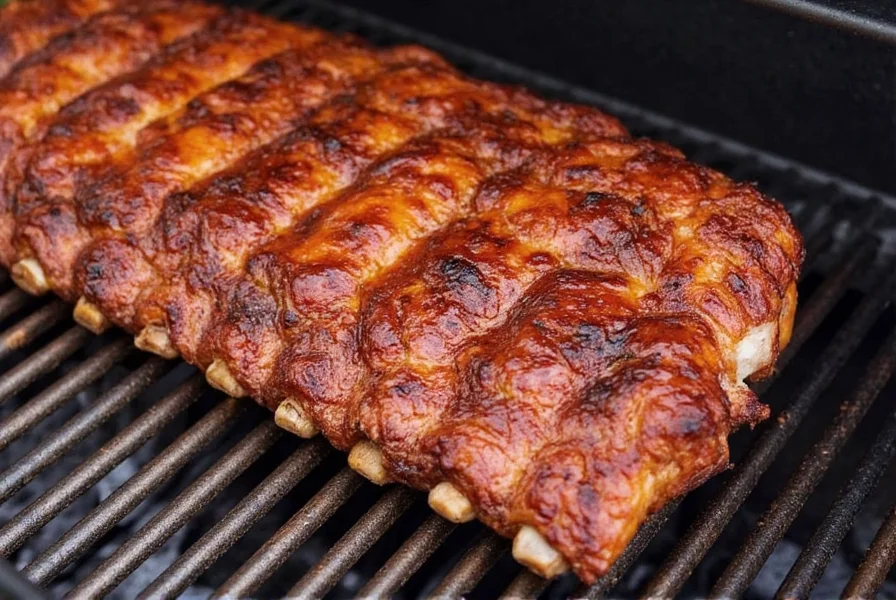
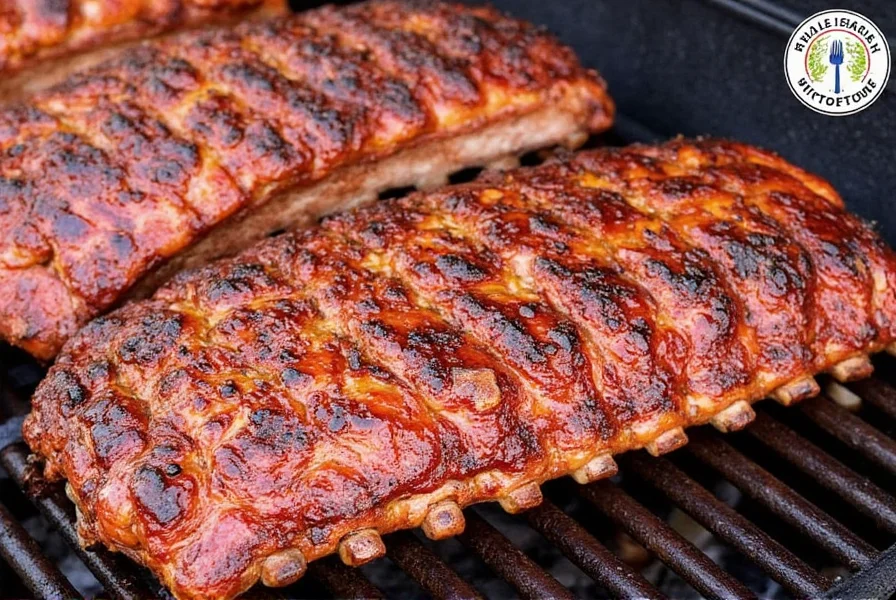
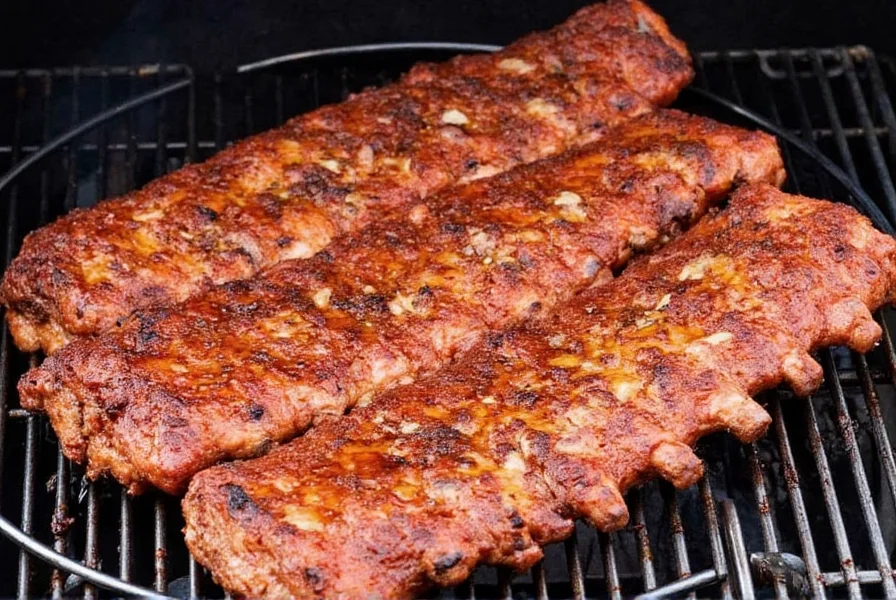
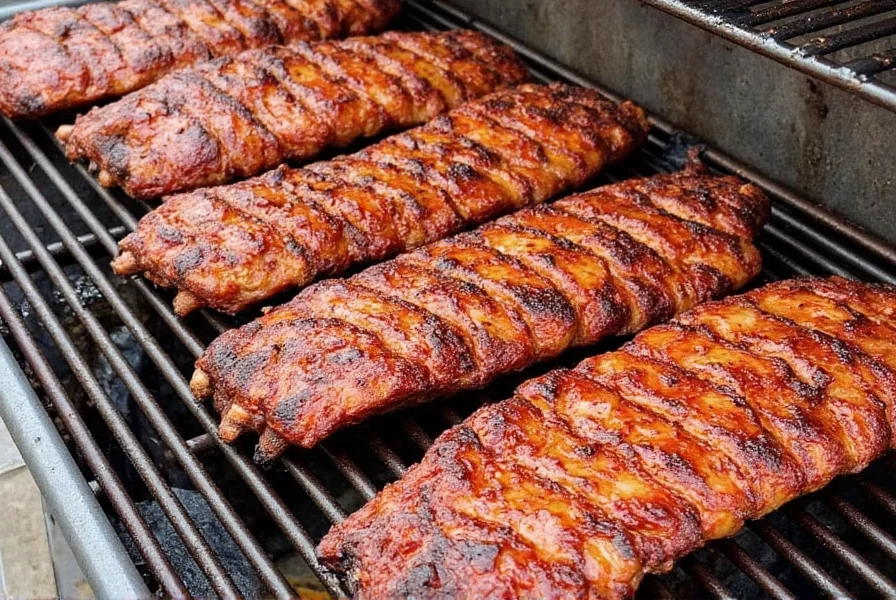
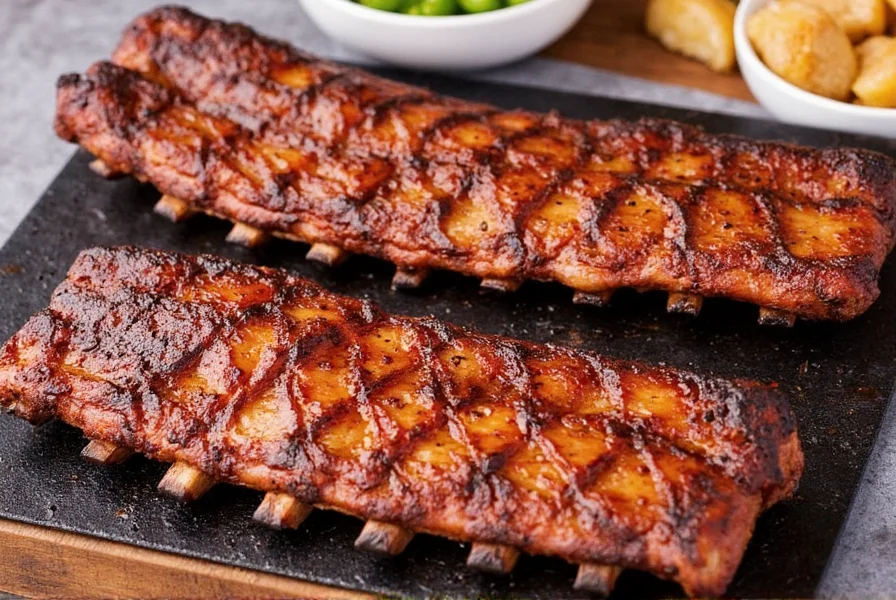
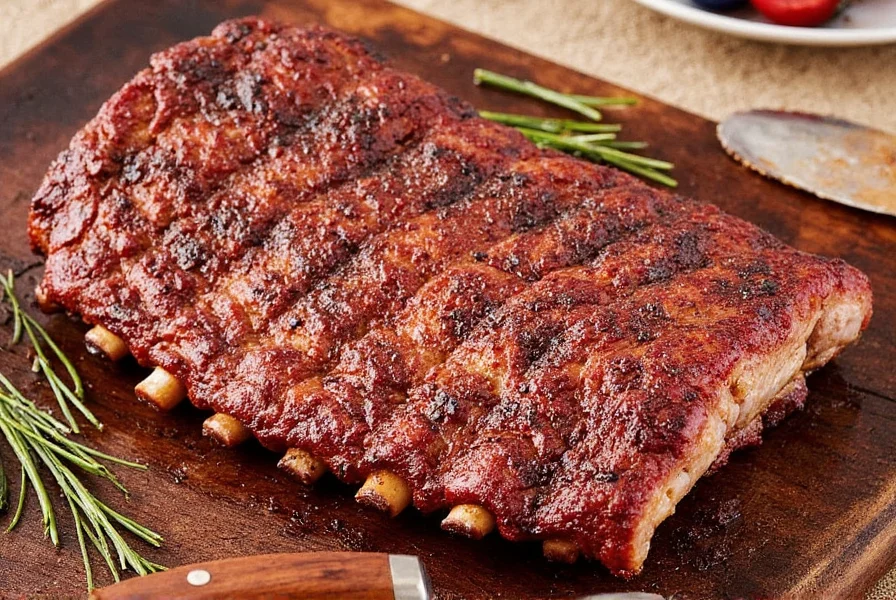
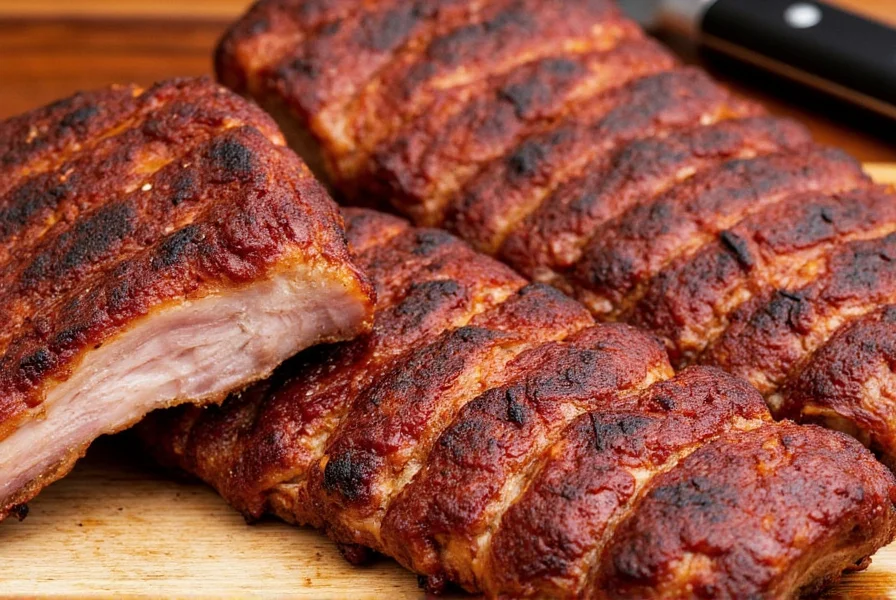
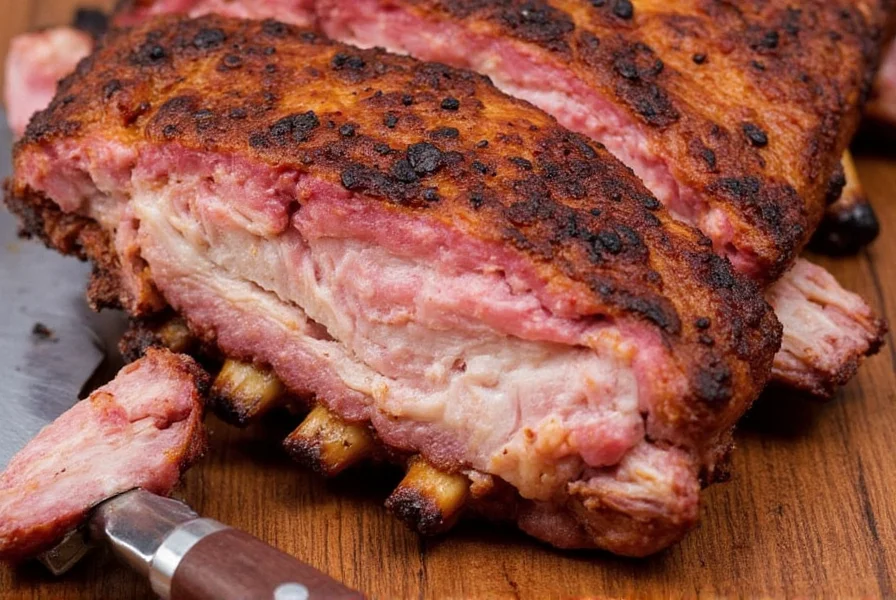

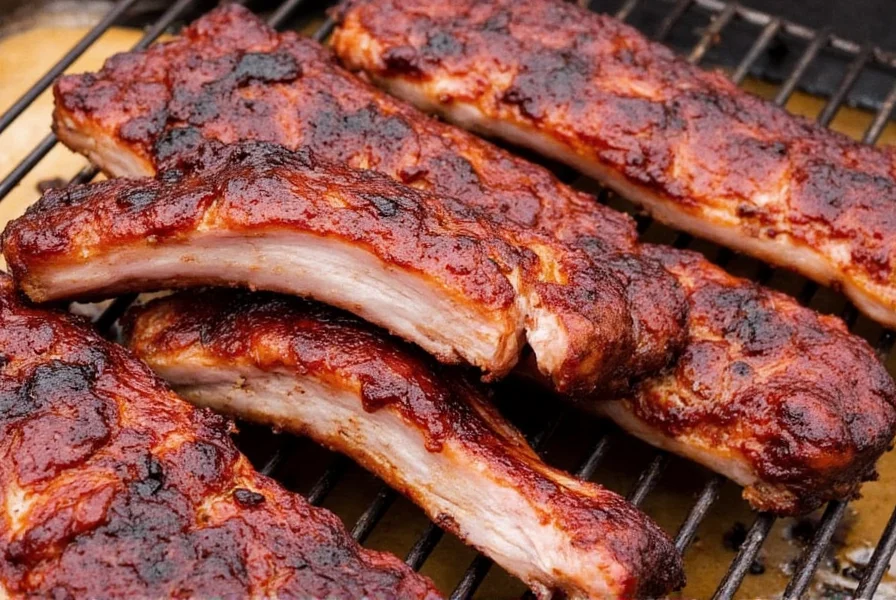









 浙公网安备
33010002000092号
浙公网安备
33010002000092号 浙B2-20120091-4
浙B2-20120091-4